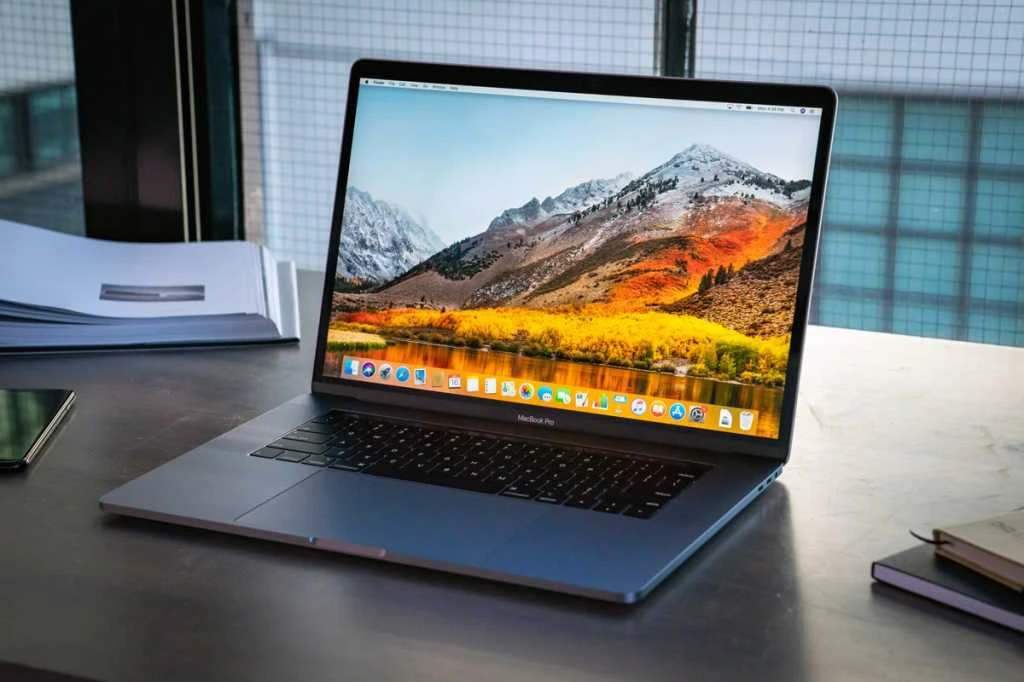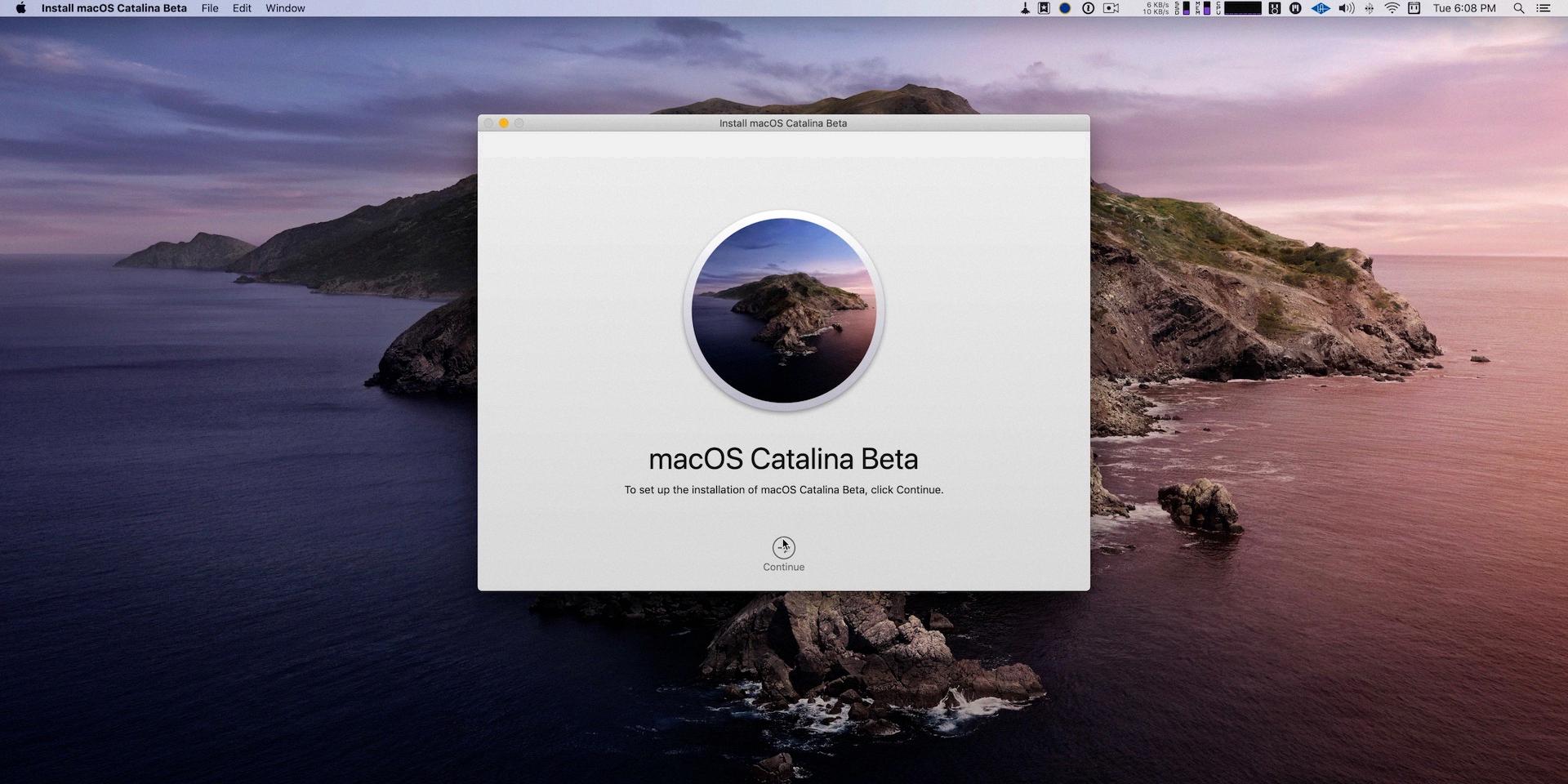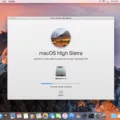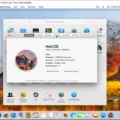Are you running macOS 10.13.6? Are you looking to upgrade your operating system but don’t know where to start? Look no further! Upgrading from 10.13.6 to the latest version of macOS, Catalina (10.15), can seem daunting, but it doesn’t have to be. Here’s a step-by-step guide on how to make the upgrade process as smooth and painless as possible:
First off, make sure your Mac is compatible with the new OS by checking Apple’s official list of supported models here: https://support.apple.com/en-us/HT206886
Once you’ve determined that your Mac is compatible, it’s time to back up all of your important data and files so that if something goes wrong during the update process, you don’t lose anything irreplaceable. You can back up your data using a Time Machine or an external drive, both of which have their own individual advantages and disadvantages in terms of safety and convenience.
Now that your data is secure, let’s move on to the actual update process itself! The first step is to open System Preferences or click on the Apple logo in the top menu bar and select “Software Update.” Your computer will automatically check for any available updates, and if one is available for macOS Catalina (10.15), it should appear in this window—click “Upgrade Now” to begin downloading the installer for the new OS version.
Once the download has finished, a window will appear prompting you to confirm that you want to install macOS Catalina—click “Continue” and follow all instructions given until eventually you will be asked for permission one last time before beginning installation—click “Agree” and then wait while your computer installs all necessary files before finally restarting itself with macOS Catalina (10.15).
And there you have it—you have successfully upgraded from 10.13.6 to macOS Catalina (10.15)! If you have any questions or concerns regarding this process, feel free to reach out for assistance from Apple Support or consult other relevant resources online such as discussion boards or user forums related to Mac OS upgrades!

Upgrading from macOS 10.13 to 11
Upgrading from macOS 10.13 to 11 is a straightforward process. First, make sure your Mac is compatible with the new macOS version by checking the system requirements of macOS 11.
Next, open System Preferences or click on the Apple logo in the top menu and then click on Software Update. Your computer will check for updates, and, if an update is available for your Mac, you will see that an upgrade to macOS 11 is available. Click on Upgrade Now to download the installer for the new version of macOS 11.
Once this has finished downloading, you can follow the prompts in the installer to install and set up your new operating system. After installation has finished, you may be asked to restart your Mac – so make sure to save any open documents before doing so. Once you have restarted your computer, you should be running macOS 11!
What Is the Latest Update After macOS High Sierra 10.13.6?
The next update after macOS 10.13 High Sierra (Lobo) is macOS 10.14 Mojave (Liberty). Mojave was released on September 24, 2018, and the latest version is 10.14.6. This new update brings with it a range of interesting features, including a Dark Mode, improved Finder and Quick Look functions, better desktop organization, a revamped App Store, and more. It also introduces support for Apple’s Metal graphics technology to improve gaming performance on Macs with compatible hardware. With this update, you can also enjoy significant improvements in security and privacy settings as well as an enhanced experience when using your Mac.
Can MacOS High Sierra 10.13 Be Upgraded?
Yes, macOS High Sierra 10.13 can be upgraded. To upgrade from High Sierra to the latest version of macOS, Catalina (10.15), simply open the App Store on your Mac and download the update. If you’re running an earlier version of macOS such as Lion (10.7) or Mountain Lion (10.8), you’ll need to first upgrade to El Capitan (10.11) before upgrading to Catalina.
Updating from High Sierra 10.13.6 to Catalina
Updating your Mac to the latest version of macOS (Catalina) is a straightforward process that only takes a few minutes. To get started, open the Mac App Store and click on the Updates tab. Then click Update beside any updates you wish to install. Once the software has been downloaded, you will see a notification letting you know it is ready to be installed. To complete the installation, follow the on-screen prompts until you reach the welcome page for your new macOS. After completing the installation, make sure to back up your data to ensure its safety in case something goes wrong in the future.

Source: 9to5mac.com
Updating a Mac When No Updates Are Available
If your Mac says no updates are available, it means all of the software on your computer is up to date. However, if you want to make sure you have the latest version of a specific application or program, you can open the App Store and click on the Updates tab. Here you will be able to see all of the available updates for any app you have installed on your Mac. You can also use the Search bar in the top right corner of the App Store window to search for specific software by name. If there are any available updates for that particular piece of software, they will be listed here. Additionally, if Software Update is available on your Mac, you can use it to check for updates for all of the Apple-related applications installed on your computer.
Upgrading from High Sierra 10.13.6 to Mojave
Yes, you can upgrade your High Sierra 10.13 6 to Mojave. The first step is to make sure your Mac meets the compatibility requirements for Mojave, which you can check on Apple’s website. Once you have confirmed that your Mac is compatible, you will need to download the Mojave installer from the Mac App Store. After downloading the installer, you will need to create a bootable USB flash drive so that you can install Mojave on your Mac. You can use the built-in Disk Utility application in macOS to do this. Once your bootable USB drive is ready, you can use it to start up your Mac and then follow the onscreen instructions to complete the installation of Mojave. If all goes well, after a few minutes of installation, you should be running Mojave on your Mac!
Should I Upgrade to macOS Monterey from macOS High Sierra?
Updating from High Sierra to Monterey is not recommended as it may cause issues with your system. It is best to upgrade to the most recent version of macOS, such as Catalina or Big Sur, before attempting to upgrade to Monterey. This will ensure that your system is fully compatible and ready for the update. Additionally, make sure you back up your data before attempting any upgrade, as it can be lost if something goes wrong during the process.
Conclusion
In conclusion, updating to macOS 10.13.6 is a great way to ensure that your Mac has the latest security updates and features. With this update, you will be able to take advantage of more efficient storage management and better performance with new apps and features available on Mac. Additionally, macOS 10.13.6 also brings with it improved security measures such as Gatekeeper and FileVault, so you can enjoy a safer computing experience. Updating your Mac is easy and straightforward, so take the time to upgrade today for the best experience possible.








